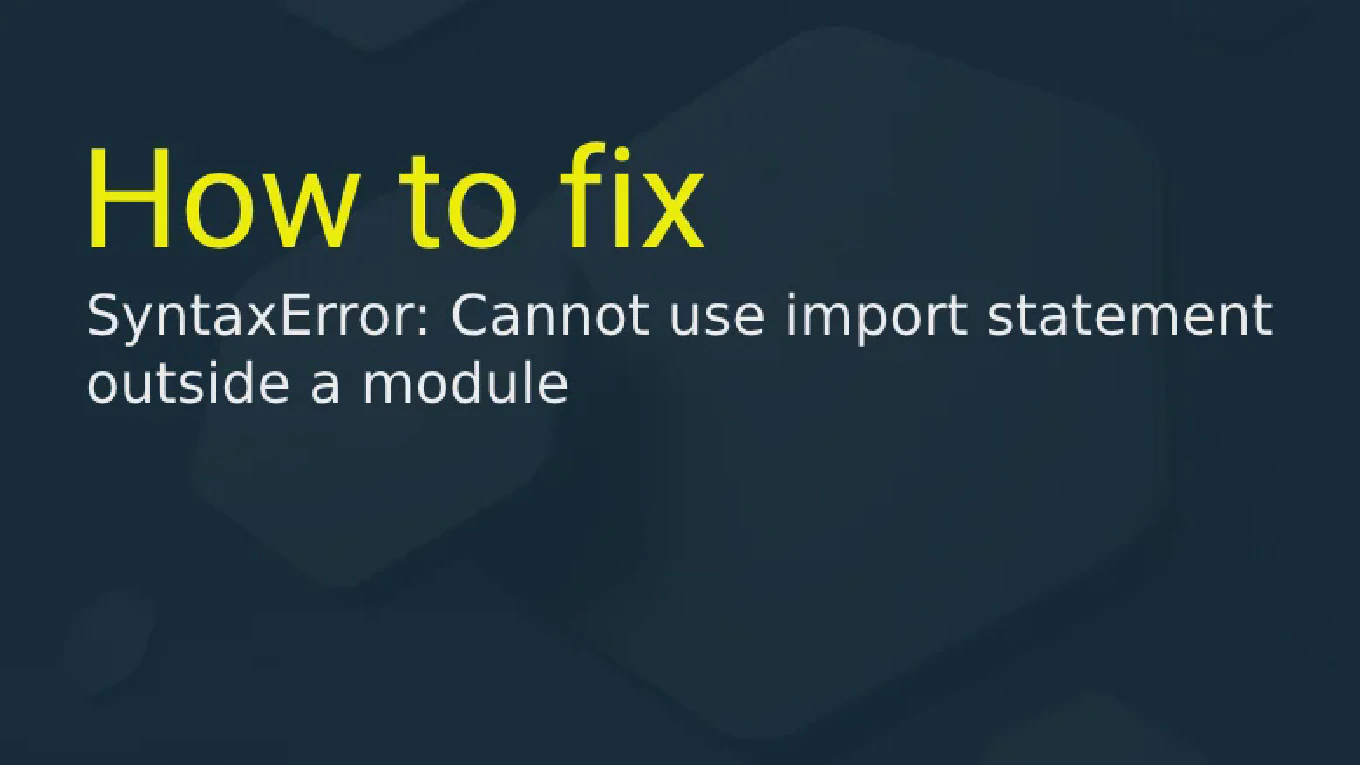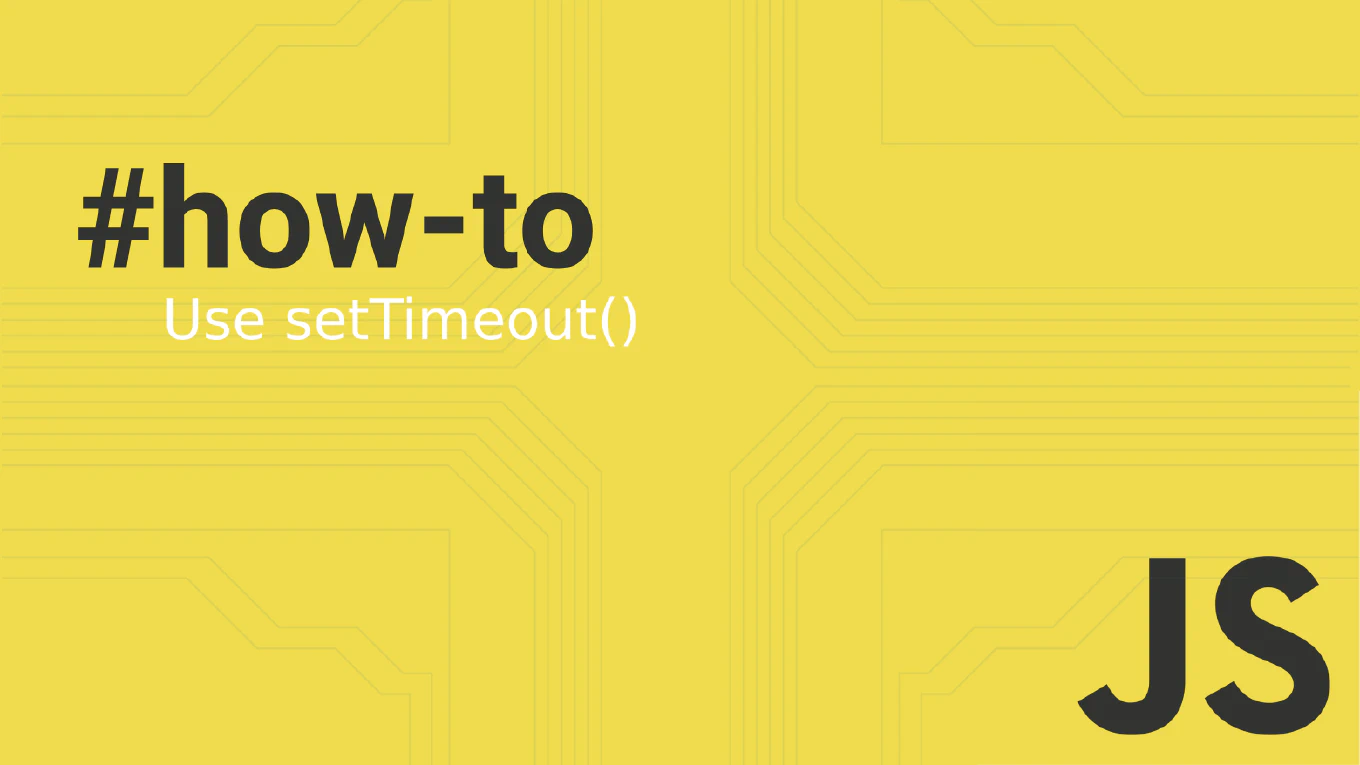How to handle form inputs in React
Handling form inputs properly is crucial for creating responsive user interfaces, data collection, and form validation in React applications.
As the creator of CoreUI, a widely used open-source UI library, I’ve implemented form input handling in numerous React components including login forms, search bars, and complex data entry interfaces.
From my expertise, the most reliable approach is to use controlled components with useState and onChange event handlers.
This method ensures React maintains complete control over form state and provides predictable behavior across all form interactions.
Use controlled components with useState and onChange to handle form input values.
const [value, setValue] = useState('')
return <input value={value} onChange={(e) => setValue(e.target.value)} />
Controlled components keep form input values in React state, making the input value always match the state value. The value prop sets the input’s current value, while the onChange handler updates state when users type. e.target.value contains the new input value from the event object. This pattern ensures React has full control over the input, enabling features like validation, formatting, and conditional rendering based on input values.
Best Practice Note:
This is the same approach we use in CoreUI React form components for reliable form state management. For multiple inputs, use a single state object with input names as keys, or use libraries like React Hook Form for complex forms with validation.







